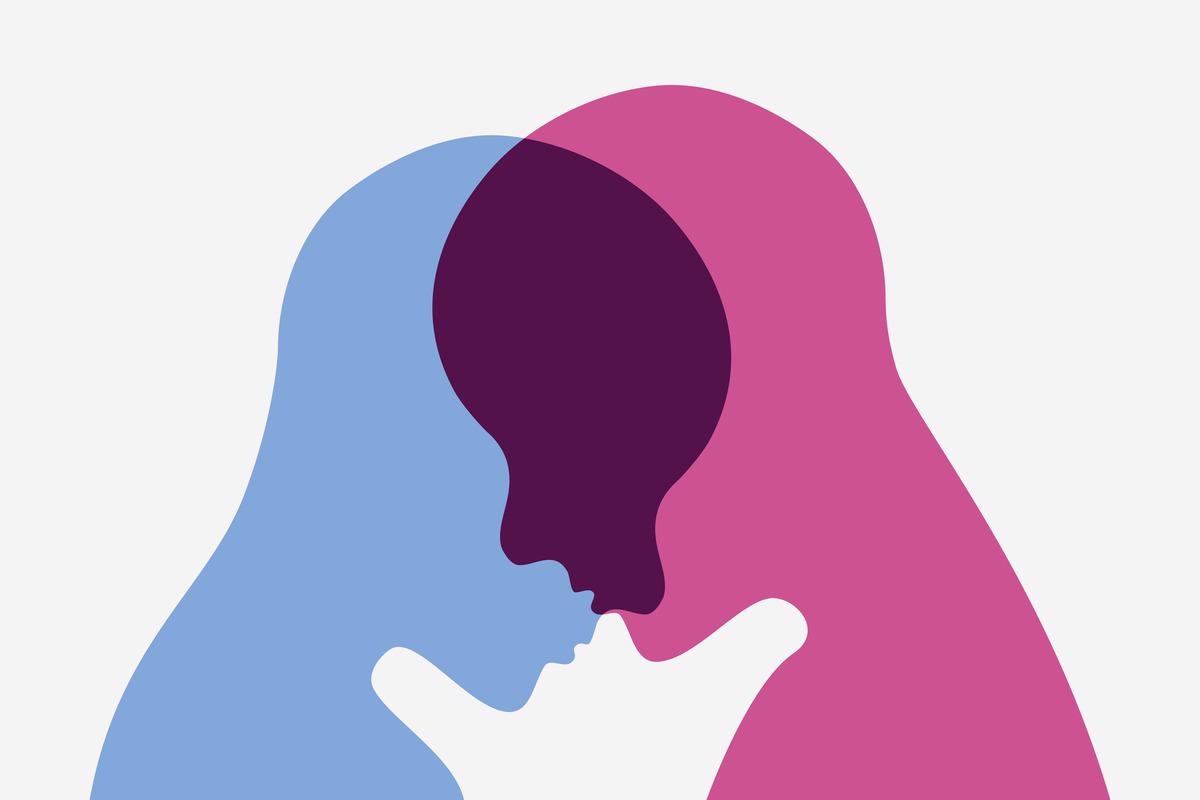Importance of intersectionality
Real-world issues without intersectionality
Training in intersectionality
Benefits of intersectionality
Conclusion
References
Further reading
Importance of intersectionality
What is intersectionality? This relatively new term has to do with each individual's unique experiences of discrimination and stigma, experiencing intersecting layers of oppression from different social identities. This could include race, sex, religion, and class.
Why is this important in healthcare? On the patient's side, people may be treated differently by healthcare workers and professionals, employers, colleagues, neighbors, or family – based on an illness in conjunction with their socioeconomic status, racial identity, or identification with other oppressed minority groups. These intersecting identities could lead to devaluation, stereotyping, judging, and discrimination of the patient.

Image Credit: ProximaCentauri1/Shutterstock.com
On the healthcare side, as a paper in The Lancet puts it, "Unconscious bias can contribute to systematic underestimation of the capabilities of qualified applicants." The result, in either case, could be feelings of guilt and shame or fear of being judged that hinder the individual from accessing or entering the health care system as a patient or professional.
This is where an intersectional framework comes in handy in healthcare. It helps diagnose an illness without resorting to easily stereotyped assumptions about systemic biases against deprived and marginalized patients.
Simply, by looking at the intersecting ways in which healthcare institutions themselves marginalize and discriminate against certain oppressed groups and exercise or set up power structures that perpetuate such oppression, intersectionality helps understand and remedy this evil by bringing such factors to the forefront of consciousness. That is, it holds up the fact that the root of critical disparities in healthcare is the inability, at the institutional level, to understand that social issues and healthcare inequalities do not exist or affect the life of the individual in isolation but are intrinsically interwoven to subordinate the oppressed individuals and groups.
Real-world issues without intersectionality
The place of any given patient in a healthcare system depends mainly on the healthcare professional assigned to work with them. While the latter may be culturally sensitive and readily adaptable to the demands of varying cultures, with the humility to learn from others of a very different identity, this may not be enough to understand how power and prejudices act on the social system to result in injustice and oppression. This is where intersectionality comes into its own.
In other words, none of these issues can be dealt with or even viewed on its own. Examples abound, including the fact that Black men receive a higher standard of care than Black women in hospitals that are not otherwise remarkable for their sensitivity towards Black patients.

Image Credit: TommyStockProject/Shutterstock.com
Even worse, the CDC estimated a 400% higher chance that a Black woman in America will die in pregnancy or childbirth compared to others. Many of these are preventable because they are caused by unequal treatment standards for Black women, due in most cases to the unconscious prejudices of the doctor.
This illustrates the intersection of Black and female identity in lowering the doctor's personal standard of care towards the patient, compared to someone who is not Black, not a woman, or not either.
During the ongoing pandemic of coronavirus disease 2019 (COVID-19), Black and Latinx communities were far more susceptible to being infected than any other ethnic group. The underlying factors include the lower mean income, lack of proper housing, frontline jobs in the low-income essential category which precluded working from home, lack of private transportation, and the absence of employment-linked healthcare benefits were all responsible for this stark divide, which led to extremely privileged positions for those who already had a wealth of opportunity.
Training in intersectionality
To ensure that such a framework is applied, health professionals should be trained from the earliest days of their course on how race, sex, socioeconomic class, and disabilities of various kinds interact with each other – intersect – causing inequalities in health and exaggerating them in healthcare.
With such training, medical professionals may become more conscious of how they perceive themselves and their patients in ways shaped by their position, beliefs, attitudes, and experiences. "Unconscious bias training will not address discrimination that results from explicit and intentional bias, but can increase awareness of how inequities are reproduced, without deliberate action challenging the broader structures and systemic practices that go beyond individuals."
Another way to make sure that healthcare views people through an intersectional lens is by constantly taking note of the chief decision-makers in healthcare systems. How are their role and influence mediated or affected by their other identities, position, professional role, class, sex, and geographical location? The interaction between these identities may affect their ability to rise to leadership, their experience of leadership within the system, and the extent to which people are allowed to or encouraged to use their talents within their respective organizations and facilities.
Intersectionality and health explained
Benefits of intersectionality
Identifying context
Intersectionality allows people to understand inequity in greater depth by looking into the complex interactions of social and other identities that intensify subordination and devaluation. That is, it lends value to the context in which discrimination or inequity is happening and not the objective act in isolation.
In individuals who are sensitive to such realizations, this could lead to an openness to hearing the experiences of those on the other side, those experiencing prejudice and systemic biases first-hand. This could help avoid such discriminatory and judgmental viewpoints (interactional justice) and ensure that all stakeholders have a voice in making decisions that affect them (procedural justice).
In this way, it helps focus attention on the underlying root causes or drivers of inequity and the power structures that support discrimination and marginalization at all levels of society.
Forming right policies
Knowing the various causes that interact to cause a denial of adequate healthcare will, in turn, help to form policies that target those in need, namely, those deprived of equal healthcare rights and access by unjust policies.
Fostering research
Intersectional approaches are also vital in research to ensure that the results are achieved in an egalitarian manner. Medical curricula are often based upon studies that include mostly White people, and diagnostic and therapeutic norms are therefore often skewed towards Whiteness.
Participatory research will help researchers and participants to own the process of transformation together, if coupled with the action of reflexivity – reflecting on the accuracy and validity of the standards used in research and on the experiences reported by people from other backgrounds, on both the researcher and study participant side.
Better public health teaching
In public health teaching, this is essential to reveal the disparities in healthcare and their roots in power structures, social and economic privilege, and unjust or discriminatory policies already in place.
Improving job satisfaction
Finally, an intersectional lens can help understand the stresses operating in both health managers and frontline providers as a result of many different factors. These could include job dissatisfaction, job insecurity, being treated as outsiders or inferior in position or skill, or performance because of gender, ethnicity, education, or immigrant status.
Conclusion
"Intersectionality analysis ensures we take seriously who has voice and agency in action, and if and how system adaptation and transformation differentially impacts on staff and public." Increasing diversity in the student and staff composition, as well as promoting a diverse organizational protocol, must be combined with ensuring that curricula are inclusive and fostering a more diverse learning culture. Meanwhile, medical research, as well as medical education, must focus more on achieving socially just outcomes.
References
Further Reading